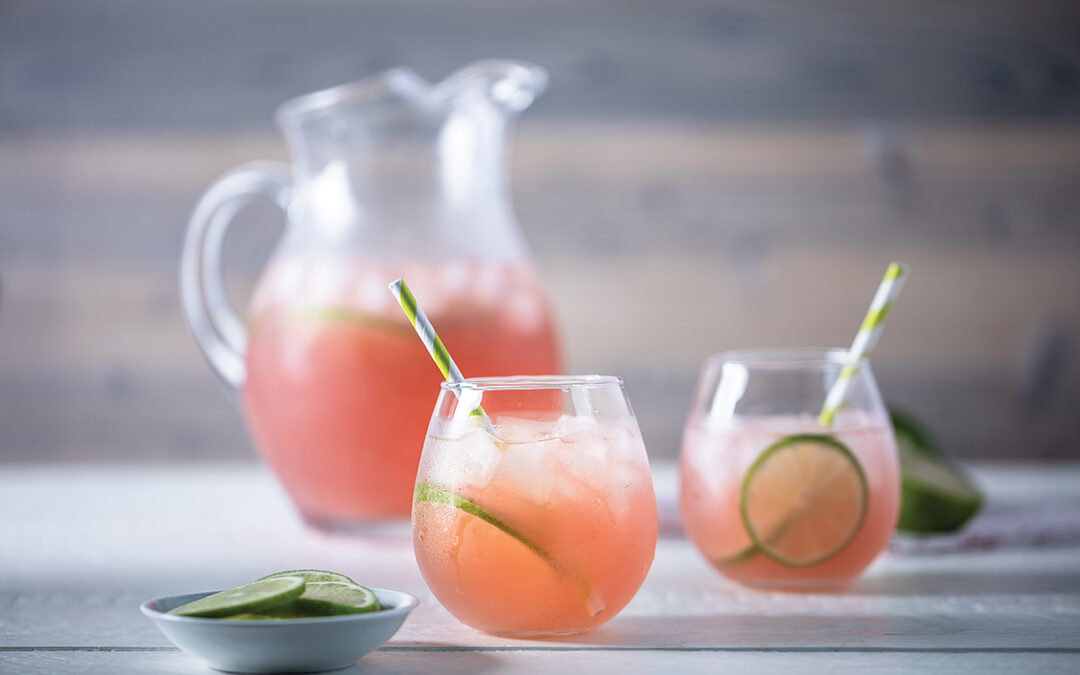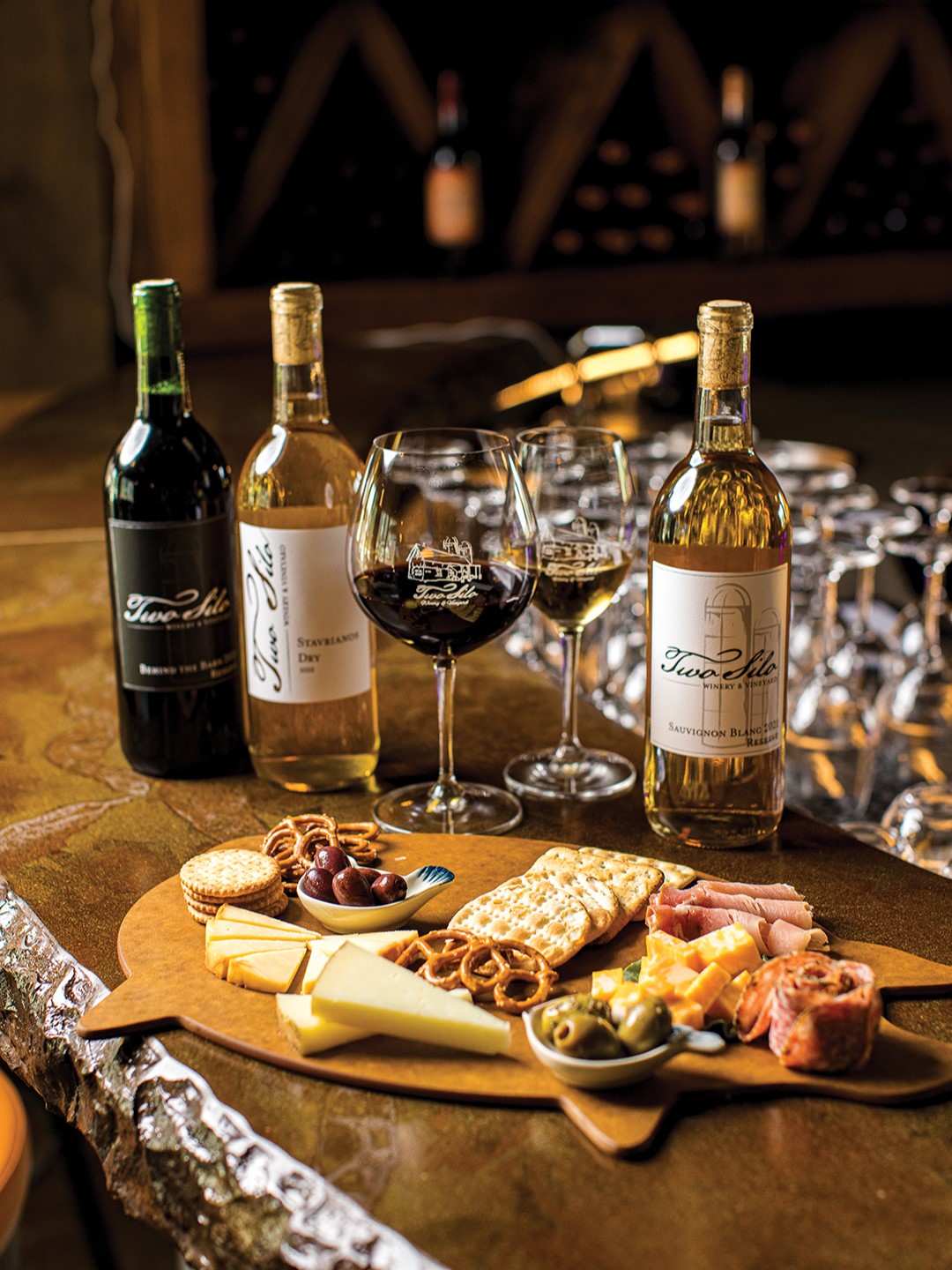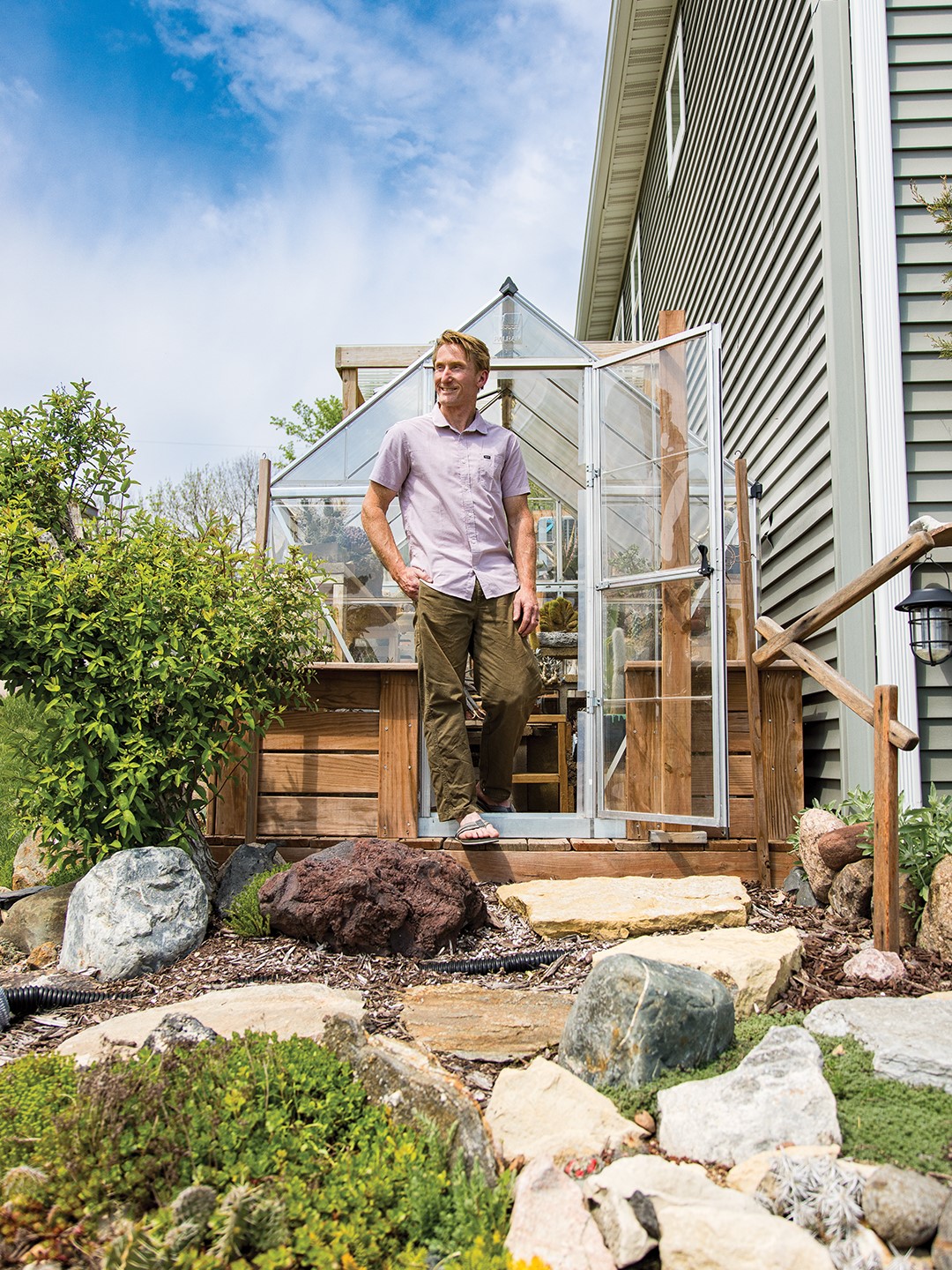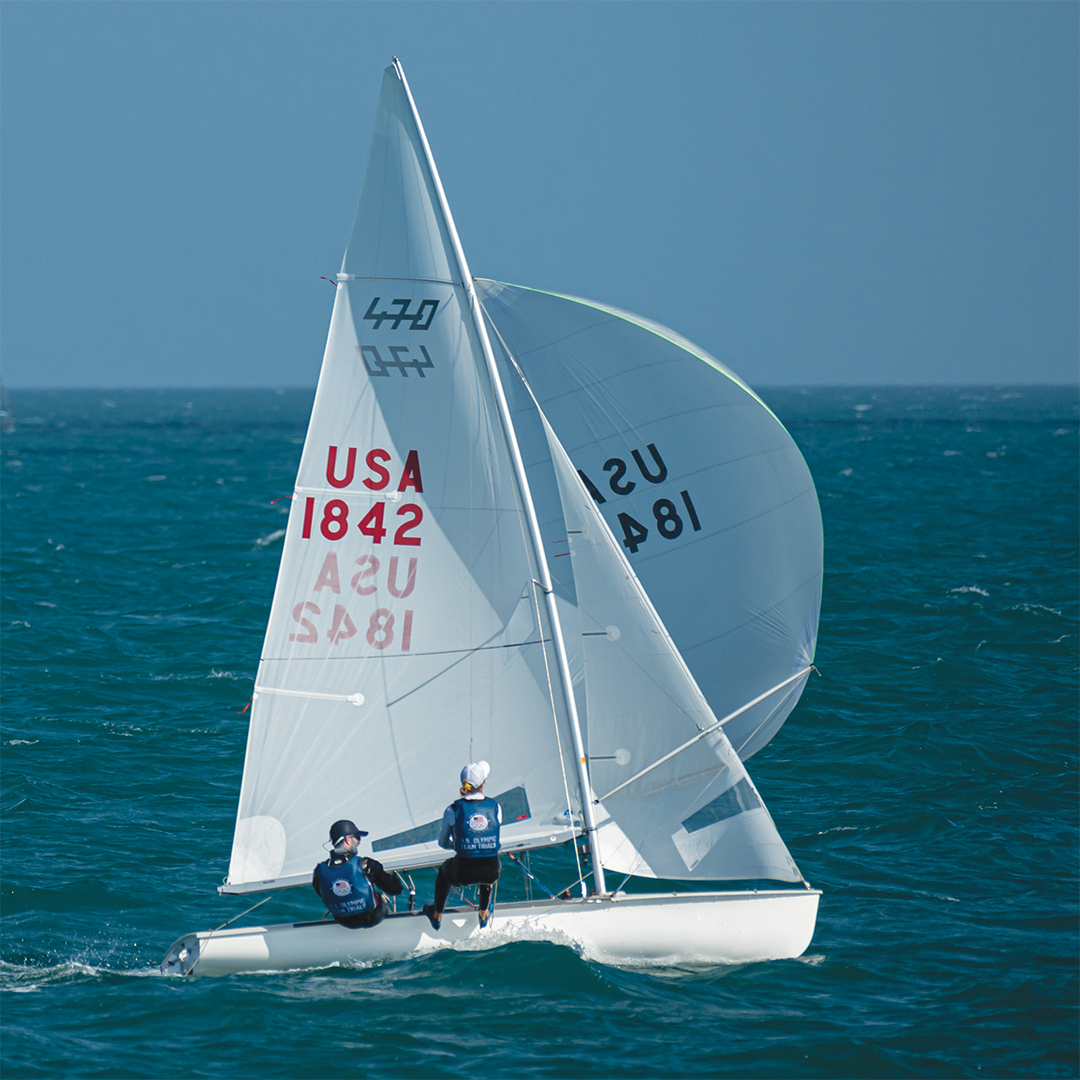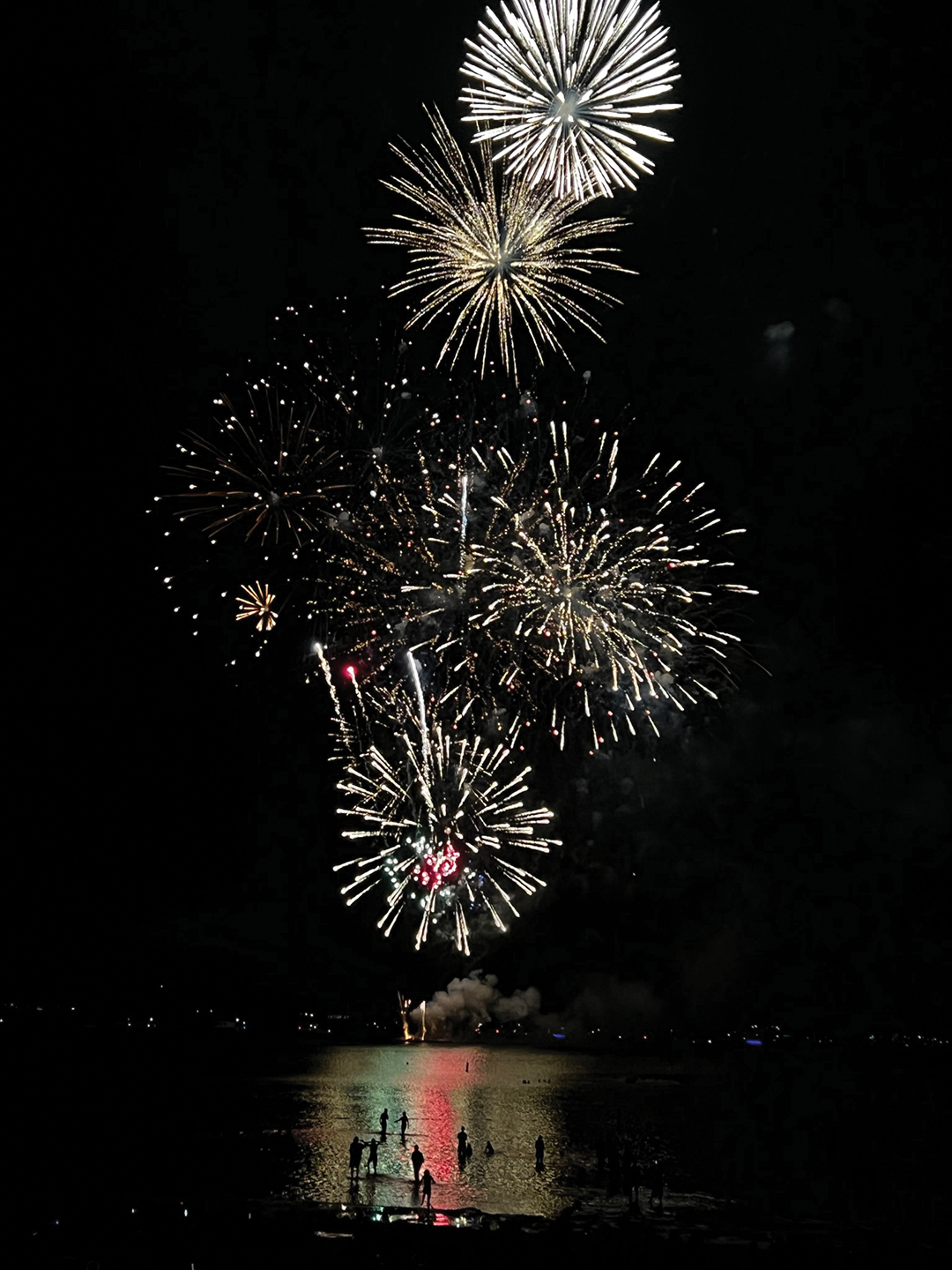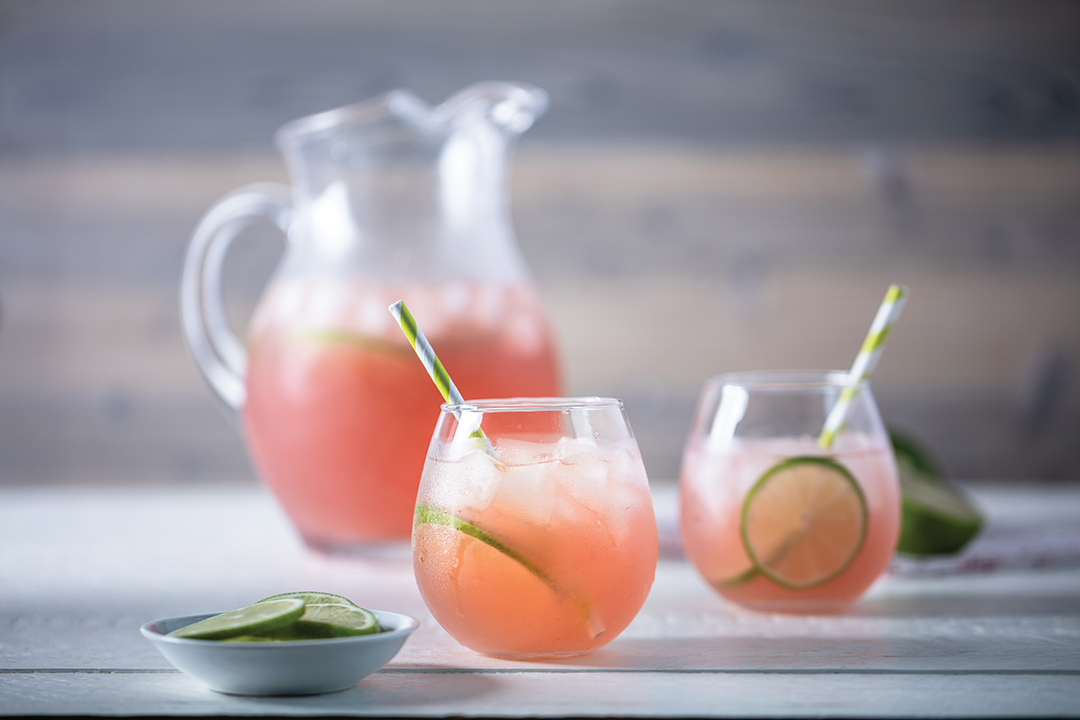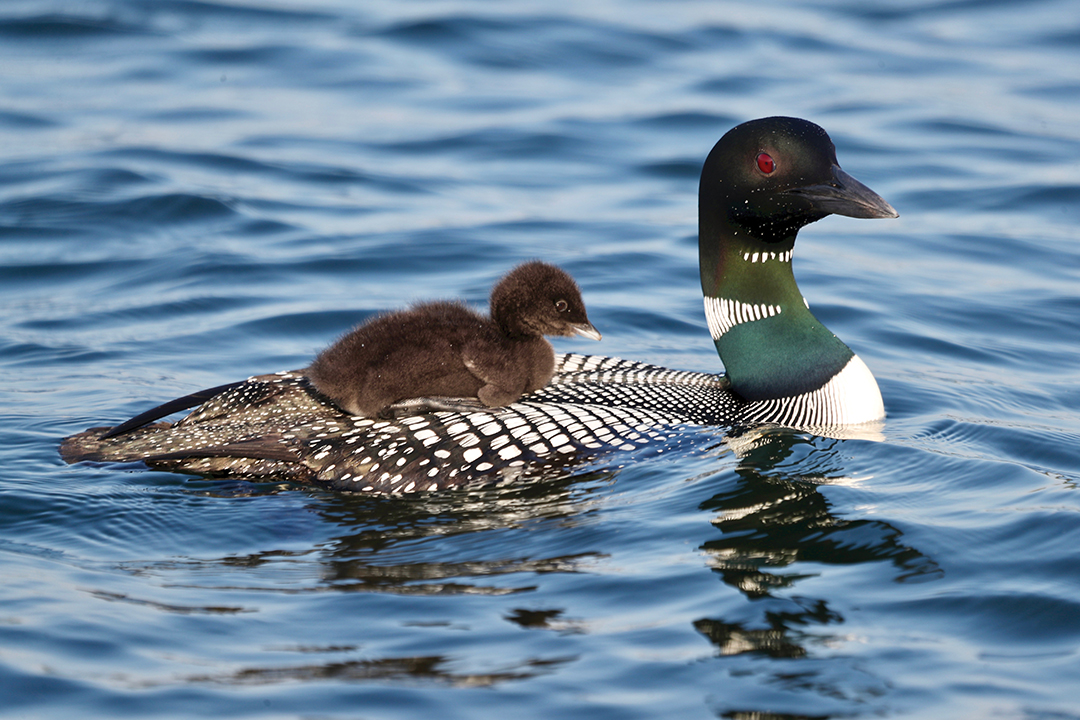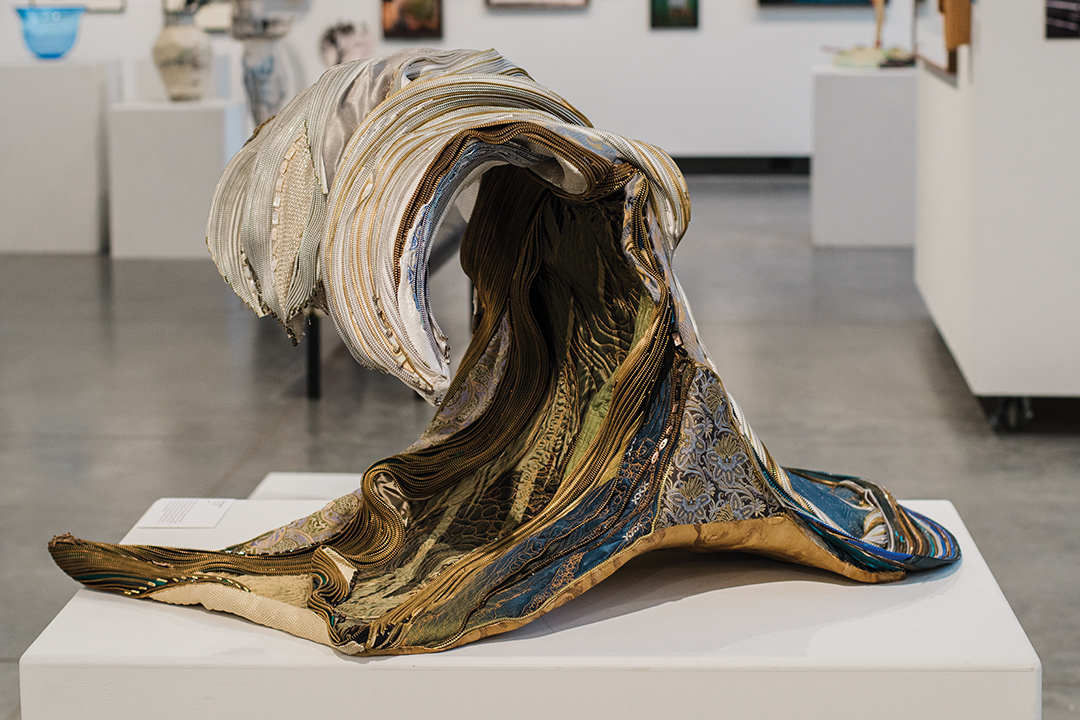
Photos: Tate Carlson
Local fishing addicts reveal their passion and share boatloads of expertise.
For aspiring anglers, there is no Fishing University. Learning to catch fish is an experiential skill, requiring countless hours on the water gaining an understanding of weather patterns, schooling tendencies, eating habits and a myriad of other variables. Local anglers Marty Weber and Brian Fowler have put in the thousands of hours to qualify as experts, and are good sources of information on the local lakes and their fish populations. Both men would be on the water 365 days a year, if they could.
Of course, any angler’s theories on where and how to catch fish are subject to change, and Fowler and Weber are no exception. There’s no such thing as “figuring out” a given lake or river, and it’s that constant challenge that keeps them coming back season after season.
Marty Weber • Bald Eagle Lake
The 56-year old Weber, who has owned Bald Eagle Boat Rental and Live Bait since 2000, has fished northeast metro lakes for about 45 years. Although his current focus is Bald Eagle, Weber also had a dock on White Bear in the late ’80s and early ’90s.
Although Bald Eagle Lake experienced drops in its water level of about 18 inches due to last year’s drought—a temporary drop, Weber says—it hasn’t had the severe problems that have plagued White Bear. White Bear’s drop “probably sent a few more people to my lake for rentals last season,” he notes.
At a little over 1,000 acres, Bald Eagle is less than half the size of White Bear. But it’s also long been a favorite with anglers, Weber says, noting that a KSTP-TV/Department of Natural Resources poll two years ago named Bald Eagle the top all-around fishing lake in the Twin Cities metro area. It has also enjoyed a reputation as one of the top muskie lakes in the eastern suburbs. The fish population includes not only panfish and bass, but also plenty of good-sized northern pike and walleyes. “I see a number of 25-inch walleyes every year,” Weber says.

Structure is one of the essential elements of any good fishing lake. Around the islands on the south end of the lake there are good variations in depth, including a 35-foot “hole.” There are also steep drop-offs, from about 4 feet to 15 to 18 feet, on the east side of the lake. For anglers, crappies and sunfish are the primary prey during the first six weeks or so after the opener, with the walleye action picking up in the summer, particularly in the deeper northern half of the lake.
One positive trend for Bald Eagle has been a steady improvement in water quality and clarity over the past decade since a successful program to treat a curly-leaf pond weed infestation that helped muddy the lake. Weber has also noted a reduction in the green algae that is anathema to lake-users. Using a device called a Secchi disk to measure water turbidity (clarity), Weber noted that two years ago, early in the season, clarity had improved to 9.5 feet; prior to that, the maximum had been 6 feet, he says.
Brian Fowler • White Bear Lake
While fishing can be done solo, most anglers prefer to share the experience with other people. Few people enjoy sharing the love of fishing with others more than Brian Fowler. The avid angler, who began fishing at age 3 on Iowa’s Lake Okoboji, seems to enjoy seeing others enjoying time on the water just as much as he does catching fish (although he has caught plenty).
The Grant Township resident’s idea of a perfect day of angling involves taking small groups or individuals to lakes or rivers up to three times a day: in the morning, during the lunch hour and again in the evening. Many of them are kids (some without fathers to take them fishing) and senior citizens Fowler has met at St. Croix Courage Center in Stillwater. He swims daily at the warm-water therapy pool there to treat a back injury he sustained in a car accident some years ago.
At 54, Fowler has had plenty of time to fish and hunt since the medical imaging company he worked for was sold about three years ago; he also underwent kidney and liver transplants about the same time.
It’s a safe bet that few local anglers spend more time on White Bear Lake than Fowler, which has helped him develop an elite degree of expertise in reading the relevant variables—water depth and temperature, time of day, season and more—and predict where the fish will be, and what tactics will be most beneficial. That makes Fowler a good source of “fish intelligence.”
According to Fowler, one of the effects of the well-chronicled drop in White Bear Lake’s water level has been to concentrate fish in certain areas of the lake. In early spring, prime time for crappie and sunfish angling, Fowler focuses on the “darker” water—the brackish bays and shallow, muddy areas on the northern side of the lake—which tends to warm up first, attracting fish. Purple jigs are his bait of choice.
In late spring and early summer, when the rest of the lake warms up, Fowler switches his focus to largemouth bass, favoring purple plastic worms and artificial frogs. Once walleye fishing is underway in late May-early June, Fowler and his friends catch a lot of walleyes after dark by “fast trolling” Rapala lures off the edges of sandbars and drop-offs. On a warm summer night, “the walleyes come up on the bars and you can see them in the moonlight,” he says.
The notoriously difficult-to-catch muskies are the last species to become active once the water temperature rises. “They won’t eat until the water warms up,” Fowler says. Like all muskie anglers, he uses lures that are bigger than those used for other species, throwing and retrieving crank baits that may be as much as a foot in length.
Which fish are biting and when?
To a large extent, the answer to those perennial questions depends on the time of year, according to Marty Weber, owner of Bald Eagle Boat Rental and Live Bait.

Crappies and Sunfish
During the spring, after ice-out, anglers typically focus on crappies and sunfish until the annual walleye opener in May. Walleye
Walleye
As lake temperatures increase to around 50 to 55 degrees, typically in late May, anglers’ thoughts turn to catching walleyes, Weber says.

Largemouth Bass
For many anglers, largemouth bass become primary prey once the bass opener arrives (two weeks after the walleye opener). Early in the season, bass can typically be found in shallow waters under natural cover such as reeds and lily pads.

Northern Pike
Northern pike are somewhat less pattern-specific, according to Weber. During spring, summer and fall, “they’re wherever you find them,” he says.

Muskie
When waters cool down again in the fall, muskie increase their activity, and so do fishermen–and women. Fall is also a great time for walleye fishing, typically in deeper water (18 to 20 feet), Weber notes.
Resource Guide
Bald Eagle Boat Rental and Live Bait
4444 129th St.,White Bear Lake. 651.426.0365
Boats, bait, fishing gear and tackle, snacks and more
Bearz Sport (formerly Hansen’s Little Bear Bait and Tackle)
5051 Stewart Ave., White Bear Lake. 651.653.1326
Fishing gear, bait and tackle
Tally’s Dockside
4441 Lake Ave. S., White Bear Lake. 651.429.2633
Boat rental, bait and tackle, fishing licenses, gas, food and more

